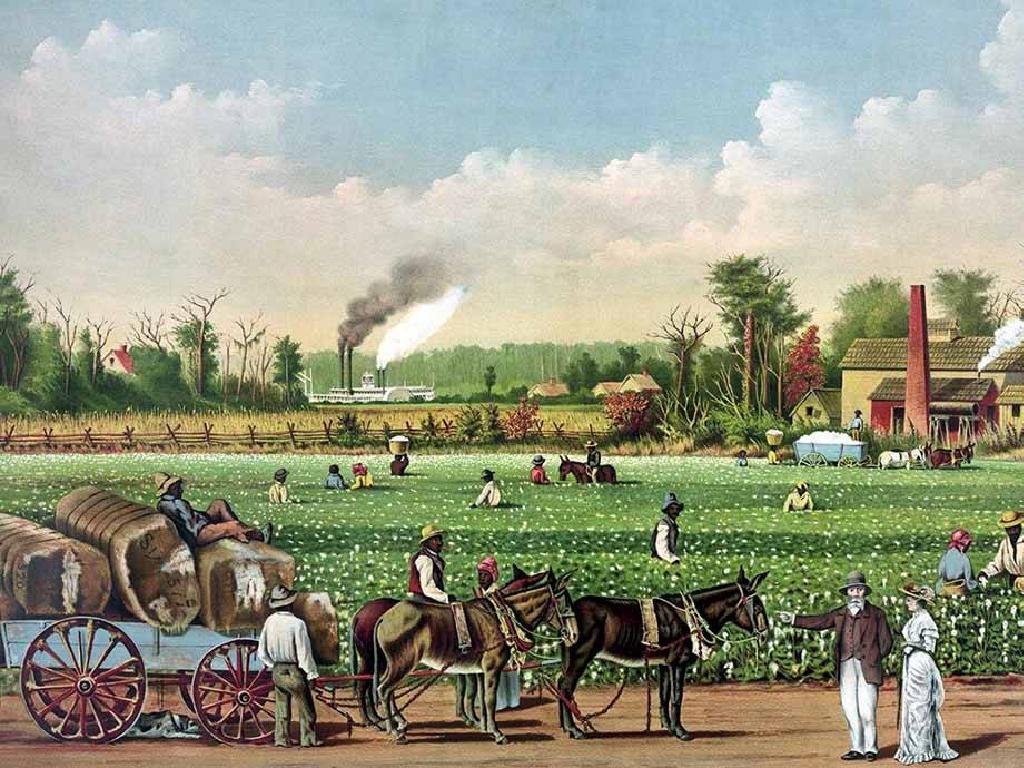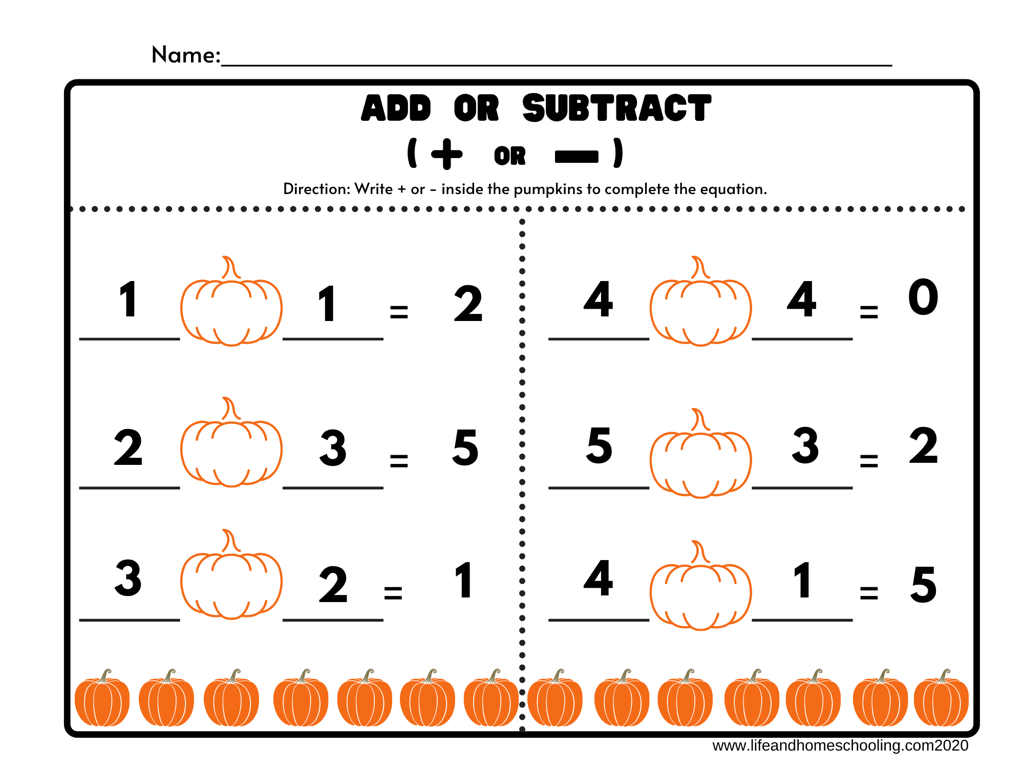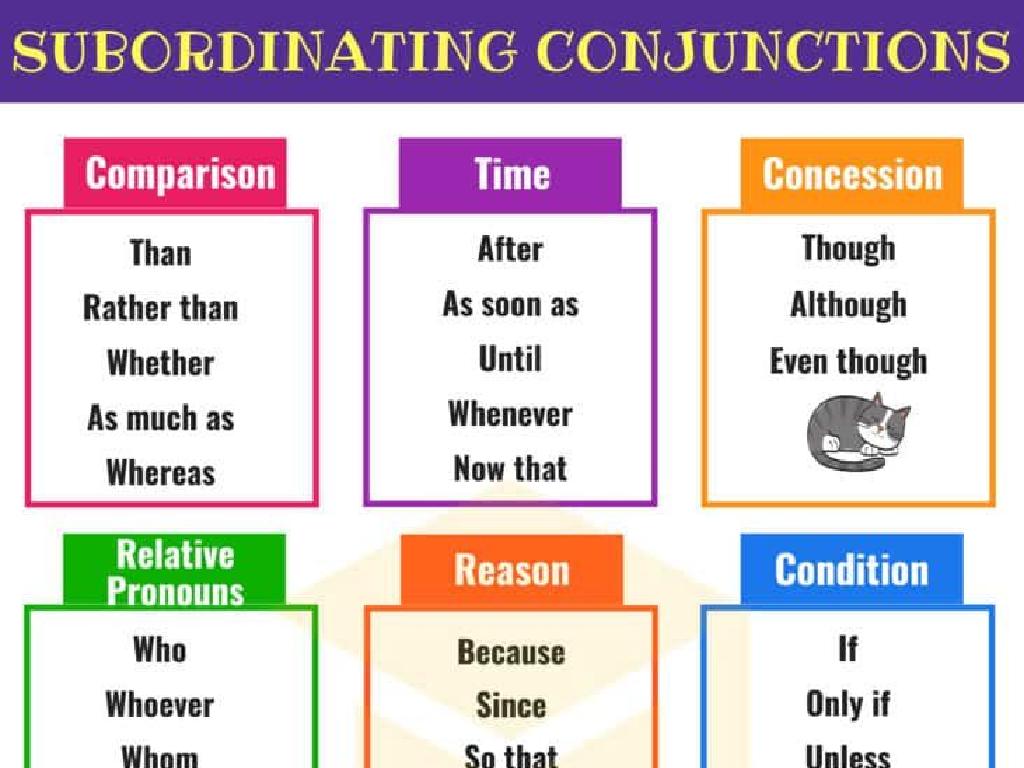Identify Plagiarism
Subject: Language arts
Grade: Eighth grade
Topic: Research Skills
Please LOG IN to download the presentation. Access is available to registered users only.
View More Content
Introduction to Research Skills: Identifying Plagiarism
– Importance of research in writing
– Research adds depth and credibility to your writing.
– Empowering writing through research
– Research skills enhance your arguments and ideas.
– Defining plagiarism
– Plagiarism is using someone else’s work without credit.
– Strategies to avoid plagiarism
– Use citations, paraphrasing, and original thought.
|
This slide introduces students to the fundamental role of research in enhancing their writing skills. Emphasize that good research can transform their writing by providing evidence to support their ideas, which in turn, strengthens their arguments. Define plagiarism clearly as the act of using another’s work without proper acknowledgment and discuss the ethical and legal implications. Teach students practical strategies to avoid plagiarism, such as proper citation of sources, paraphrasing information, and encouraging original thought. This will set the foundation for a deeper understanding of responsible research practices.
Understanding Plagiarism
– Define plagiarism
– Using someone else’s work without credit
– Unethical nature of plagiarism
– It’s a form of cheating and intellectual theft
– School consequences for plagiarism
– Penalties can include failing grades or suspension
– Long-term repercussions
– It can damage reputation and career opportunities
|
This slide aims to define plagiarism and discuss its ethical implications and potential consequences. Plagiarism is the act of using another person’s work or ideas without proper attribution, which is considered a serious academic offense. It’s important to convey to students that plagiarism is not just about breaking rules; it’s a matter of integrity and respect for others’ intellectual property. Emphasize that the consequences of plagiarism can extend beyond school, potentially affecting college admissions and career prospects. Use examples to illustrate the importance of citing sources and maintaining academic honesty. Encourage students to always give credit where it’s due and to develop their own voice in their work.
Understanding Plagiarism
– Direct copying without credit
– Using exact text from a source without quotation marks or citation.
– Paraphrasing without attribution
– Rewriting someone’s work with minor changes, but not giving credit.
– Adopting others’ ideas
– Presenting someone else’s concept or argument as if it were your own.
– Importance of original work
|
This slide aims to educate students on what constitutes plagiarism, a serious academic offense. Direct copying refers to using someone else’s words verbatim without proper quotation and citation. Paraphrasing without credit is slightly rewording someone else’s writing without acknowledging the original source. Using someone else’s ideas involves taking credit for another person’s thoughts, research, or insights. Emphasize the importance of creating and submitting original work and the ethical implications of plagiarism. Provide examples of proper citation and the consequences of plagiarism in academic settings. Encourage students to ask questions if they are unsure about how to credit sources.
How to Avoid Plagiarism
– Cite all sources correctly
– Include author, title, and publication date
– Master quoting and paraphrasing
– Use quotes for exact words, paraphrase for concepts
– Utilize plagiarism checkers
– Tools like Turnitin or Grammarly can detect copied content
– Understand consequences of plagiarism
|
This slide aims to educate students on the importance of avoiding plagiarism and the strategies to do so. Emphasize the need for proper citation, which includes the author’s name, title of the work, and date of publication. Discuss the difference between quoting directly and paraphrasing, and when to use each. Introduce plagiarism detection tools as a means to check their work for any unintentional plagiarism. Lastly, discuss the ethical and potential academic consequences of plagiarism to underscore its seriousness. Provide examples of proper citation and paraphrasing in class, and consider having students use a plagiarism checker on a sample paragraph to see how it works.
Practice: Identifying Plagiarism
– Analyze examples for plagiarism
– Review given texts and label them as plagiarized or not
– Discuss reasons for/against plagiarism
– Determine the originality of each example and justify your reasoning
– Learn to correct plagiarized content
– Practice rewriting plagiarized statements in your own words
– Understand consequences of plagiarism
– Learn about academic honesty and its importance in school work
|
This slide is aimed at engaging students in practical exercises to identify plagiarism. Provide students with various examples of text, some original and some plagiarized, and ask them to determine which is which. Encourage discussion on why a particular example constitutes plagiarism or not, focusing on the lack of citations, paraphrasing, and original thought. Teach students how to recognize and correct plagiarized statements by properly citing sources and rewriting content in their own words. Emphasize the importance of academic honesty and the potential consequences of plagiarism, including loss of credibility and academic penalties. This activity will help students understand the gravity of plagiarism and the value of original work.
Class Activity: Citing Sources
– Select a paragraph from any text
– Write proper citations for the text
– Use MLA or APA format for practice
– Exchange citations with peers
– Give and receive constructive feedback
– Group discussion on citation practices
– Discuss the importance of correct citations to avoid plagiarism
|
This activity is designed to give students hands-on experience with creating citations, an essential skill in research to avoid plagiarism. Students should choose a paragraph from a book or article, preferably related to a current topic of study. They will then practice writing citations for these sources using the appropriate format (MLA or APA). After writing their citations, students will share them with classmates to receive feedback. This peer review process will help students learn from each other and understand common mistakes. Conclude the activity with a group discussion on the importance of citing sources correctly to respect intellectual property and avoid plagiarism. Possible variations of the activity could include citing different types of sources, such as websites or images, to ensure a comprehensive understanding of citation practices.
Conclusion & Homework: Upholding Originality
– Recap: Why avoid plagiarism?
– Homework: Write an essay
– Craft a short essay on a topic of interest
– Include at least three cited sources
– Ensure each source is properly credited
– Use today’s skills for original work
– Apply citation formats and paraphrasing
|
As we conclude today’s lesson, it’s crucial to emphasize the importance of academic honesty and the role it plays in both education and the real world. For homework, students are tasked with writing a short essay on a topic of their choice, which must include at least three sources that are correctly cited. This exercise will help reinforce the skills learned today about avoiding plagiarism by practicing proper citation and paraphrasing techniques. Remind students to reflect on the different ways to acknowledge others’ work and to make their own contributions clear. The goal is to ensure that students feel confident in producing original work and understand the consequences of plagiarism.






